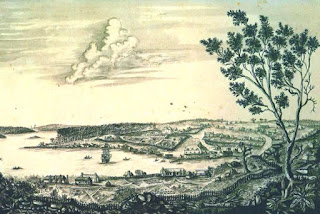200 word marking rubric
I'll get stuck into the entries, probably this afternoon (my time), so I might post the first batch tonight. Apparently there were 700 entries last year, and I'm told that there are mean to be twice as many this year, so it's going to be a hell of a ride. Even if those reported numbers are wrong, it's still going to take a while to get through the lot. Here's my marking criteria A premise for play 0: Nothing. 1: This entrant is a bunch of mechanism, or even just one a single mechanism. 2: This entrant give a couple of vague hints, and requires quite a bit of outside work. 3: This entrant is about something, maybe something narrow and needs fleshing out. 4: This entrant is rich in atmosphere and motivation for players. Some kind of rules 0: Nothing. 1: This entrant has some hints toward a system or method of play. 2: This entrant is based on a basic and crude single idea, generally functional but limiting in what it does. 3: There is a bi








